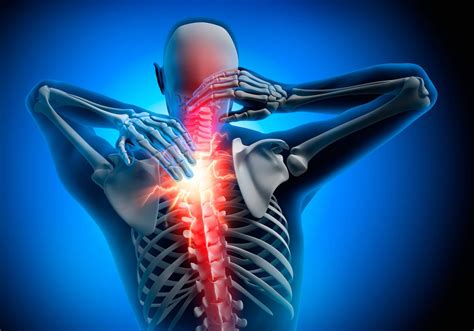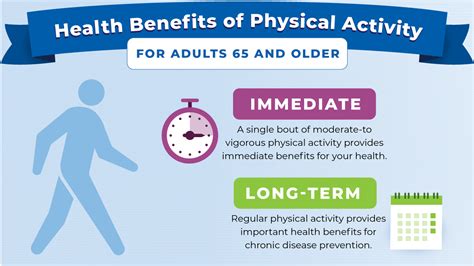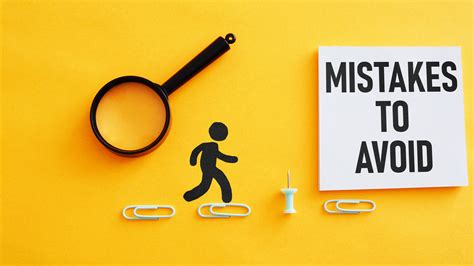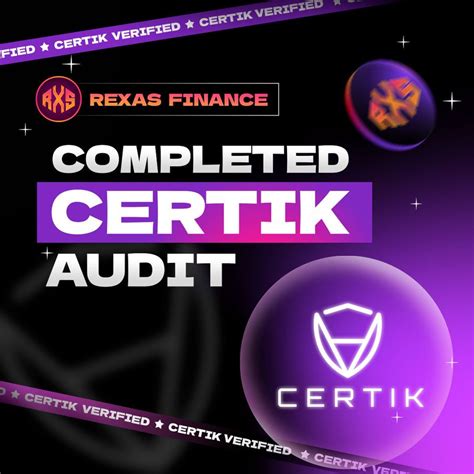Intro
Relieve back pain with targeted exercises, stretches, and physical therapy, improving posture, strengthening core muscles, and reducing spinal strain for lasting relief.
Back pain is a common complaint that affects millions of people worldwide, causing discomfort, limiting mobility, and reducing overall quality of life. The good news is that there are many effective ways to relieve back pain, and exercise is one of the most beneficial. Regular physical activity can help alleviate back pain by strengthening the muscles that support the spine, improving flexibility, and reducing inflammation. In this article, we will explore the importance of exercise in relieving back pain and provide a comprehensive guide on how to get started.
Back pain can be caused by a variety of factors, including poor posture, muscle strain, and underlying medical conditions. In many cases, back pain is a result of a combination of these factors, making it essential to address the root cause of the problem. Exercise is a natural and non-invasive way to relieve back pain, and it can be tailored to suit individual needs and fitness levels. Whether you are a beginner or an experienced athlete, there are exercises that can help you alleviate back pain and improve your overall well-being.
The benefits of exercise for back pain relief are numerous. Regular physical activity can help reduce muscle tension, improve joint mobility, and increase the production of natural pain-relieving chemicals in the body. Exercise can also help improve sleep quality, reduce stress and anxiety, and boost mood. Furthermore, exercise can help prevent future episodes of back pain by strengthening the muscles that support the spine and improving overall flexibility. With so many benefits, it's no wonder that exercise is often recommended as a first-line treatment for back pain.
Understanding Back Pain

To effectively relieve back pain with exercise, it's essential to understand the different types of back pain and their underlying causes. Back pain can be categorized into two main types: acute and chronic. Acute back pain is short-term and typically lasts for a few days or weeks, while chronic back pain is long-term and can persist for months or even years. Understanding the type of back pain you are experiencing can help you develop an effective exercise plan that targets the root cause of the problem.
Types of Back Pain
There are several types of back pain, including lower back pain, upper back pain, and middle back pain. Lower back pain is the most common type of back pain and is often caused by muscle strain or poor posture. Upper back pain is less common and can be caused by a variety of factors, including poor posture, muscle strain, and underlying medical conditions. Middle back pain is also known as thoracic back pain and can be caused by a variety of factors, including poor posture, muscle strain, and underlying medical conditions.Exercises for Back Pain Relief

There are many exercises that can help relieve back pain, and the best exercises for you will depend on the type and severity of your back pain. Here are some of the most effective exercises for back pain relief:
- Stretching exercises: Stretching can help relieve back pain by increasing flexibility and reducing muscle tension. Some of the best stretching exercises for back pain relief include hamstring stretches, hip flexor stretches, and chest stretches.
- Strengthening exercises: Strengthening the muscles that support the spine can help alleviate back pain and prevent future episodes. Some of the best strengthening exercises for back pain relief include planks, bridges, and pelvic tilts.
- Aerobic exercises: Aerobic exercises, such as walking, swimming, and cycling, can help reduce inflammation and improve overall health. These exercises can also help improve sleep quality, reduce stress and anxiety, and boost mood.
Stretching Exercises for Back Pain Relief
Stretching exercises are an essential part of any back pain relief program. Here are some of the best stretching exercises for back pain relief:- Hamstring stretches: Hamstring stretches can help relieve back pain by increasing flexibility and reducing muscle tension. To perform a hamstring stretch, sit on the floor with your legs straight out in front of you. Lean forward and reach for your toes, keeping your knees straight. Hold the stretch for 15-30 seconds and repeat 2-3 times.
- Hip flexor stretches: Hip flexor stretches can help relieve back pain by increasing flexibility and reducing muscle tension. To perform a hip flexor stretch, kneel on all fours with your hands under your shoulders and your knees under your hips. Bring one knee forward and place your foot flat on the floor in front of the other knee. Lean forward and stretch the front of your hip. Hold the stretch for 15-30 seconds and repeat 2-3 times on each side.
- Chest stretches: Chest stretches can help relieve back pain by increasing flexibility and reducing muscle tension. To perform a chest stretch, stand in a doorway with your hands on the doorframe at shoulder height. Lean forward and stretch your chest, keeping your arms straight. Hold the stretch for 15-30 seconds and repeat 2-3 times.
Benefits of Exercise for Back Pain Relief

Exercise is a natural and non-invasive way to relieve back pain, and it has numerous benefits. Here are some of the benefits of exercise for back pain relief:
- Reduces muscle tension: Exercise can help reduce muscle tension, which is a common cause of back pain.
- Improves flexibility: Exercise can help improve flexibility, which can help reduce stiffness and improve range of motion.
- Reduces inflammation: Exercise can help reduce inflammation, which is a common cause of back pain.
- Improves sleep quality: Exercise can help improve sleep quality, which is essential for overall health and well-being.
- Reduces stress and anxiety: Exercise can help reduce stress and anxiety, which are common causes of back pain.
How to Get Started with Exercise for Back Pain Relief
Getting started with exercise for back pain relief can be challenging, but there are several steps you can take to get started. Here are some tips:- Consult with your doctor: Before starting any exercise program, it's essential to consult with your doctor, especially if you have a underlying medical condition.
- Start slow: Start with low-impact exercises, such as stretching and strengthening exercises, and gradually increase the intensity and duration as your body allows.
- Find a workout buddy: Finding a workout buddy can help motivate you to stick to your exercise program and provide support and encouragement.
- Track your progress: Tracking your progress can help you stay motivated and see the benefits of exercise for back pain relief.
Common Mistakes to Avoid When Exercising for Back Pain Relief

When exercising for back pain relief, there are several common mistakes to avoid. Here are some of the most common mistakes:
- Overexerting: Overexerting can exacerbate back pain and lead to further injury. It's essential to start slow and gradually increase the intensity and duration of your workouts.
- Poor form: Poor form can lead to injury and exacerbate back pain. It's essential to learn proper form and technique when performing exercises.
- Ignoring pain: Ignoring pain can lead to further injury and exacerbate back pain. It's essential to listen to your body and stop exercising if you experience pain or discomfort.
How to Avoid Common Mistakes When Exercising for Back Pain Relief
Avoiding common mistakes when exercising for back pain relief requires careful planning and attention to detail. Here are some tips:- Start slow: Start with low-impact exercises and gradually increase the intensity and duration as your body allows.
- Learn proper form: Learn proper form and technique when performing exercises to avoid injury and exacerbate back pain.
- Listen to your body: Listen to your body and stop exercising if you experience pain or discomfort.
- Consult with a professional: Consult with a professional, such as a physical therapist or personal trainer, to develop a personalized exercise program that meets your needs and goals.
Conclusion and Final Thoughts

Relieving back pain with exercise requires patience, dedication, and careful planning. By understanding the benefits of exercise for back pain relief, avoiding common mistakes, and developing a personalized exercise program, you can alleviate back pain and improve your overall health and well-being. Remember to start slow, listen to your body, and consult with a professional if you need guidance or support. With the right approach, you can overcome back pain and live a healthy, active, and pain-free life.
We hope this article has provided you with valuable information and insights on how to relieve back pain with exercise. If you have any questions or comments, please don't hesitate to share them with us. We would love to hear from you and provide further guidance and support.
What are the most common causes of back pain?
+Back pain can be caused by a variety of factors, including poor posture, muscle strain, and underlying medical conditions. In many cases, back pain is a result of a combination of these factors, making it essential to address the root cause of the problem.
What are the benefits of exercise for back pain relief?
+Exercise is a natural and non-invasive way to relieve back pain, and it has numerous benefits. Exercise can help reduce muscle tension, improve flexibility, reduce inflammation, improve sleep quality, and reduce stress and anxiety.
How can I get started with exercise for back pain relief?
+Getting started with exercise for back pain relief can be challenging, but there are several steps you can take to get started. Consult with your doctor, start slow, find a workout buddy, and track your progress. It's also essential to learn proper form and technique when performing exercises to avoid injury and exacerbate back pain.
